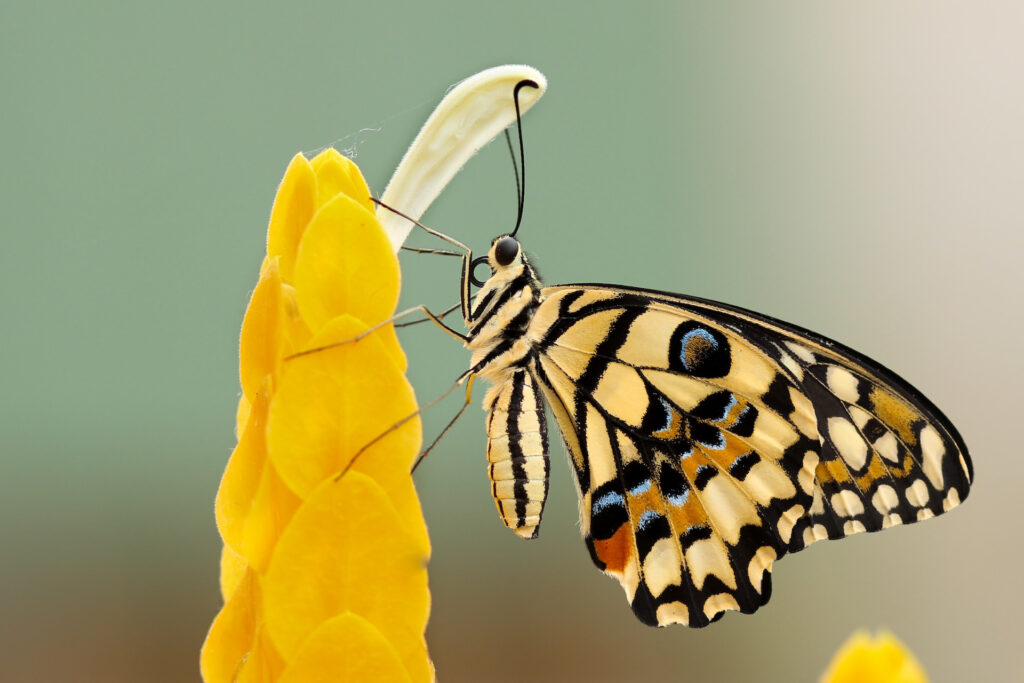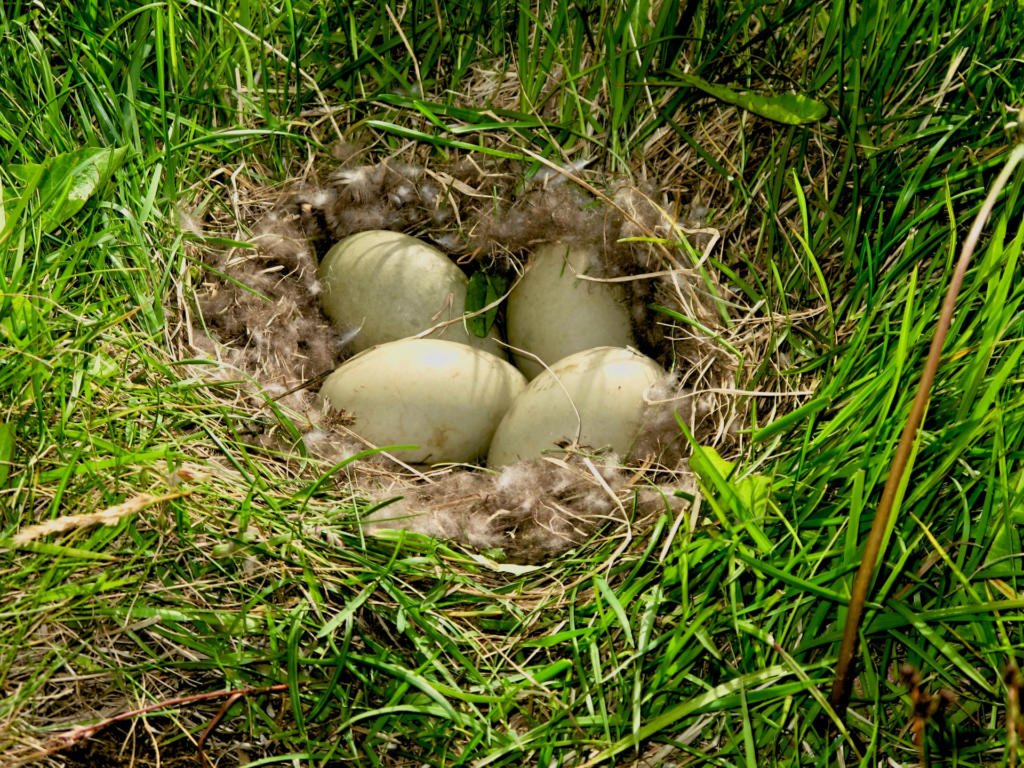(par 3. 9 ) Ecological succession

http://en.wikipedia.org/wiki/Ecological_succession From Wikipedia, the free encyclopedia Succession after disturbance: a boreal forest one year (left) and two years (right) after a wildfire. Ecological succession is the observed process of change in the species structure of an ecological community over time. The time scale can be decades (for example, after a wildfire), or even millions of years after a mass extinction.[1] The community begins with relatively […]
(par 3. 8.2) Compitition amongst Plants and animals

http://www.bbc.co.uk/nature/adaptations PLEASE REFER TO BBC WEBSITE FOR ILLUSTRATIVE PHOTOGRAPHS Adaptations help organisms survive in their ecological niche or habitat; adaptations can be anatomical, behavioural or physiological. Anatomical adaptations are physical features such as an animals shape. Behavioural adaptations can be inherited or learnt and include tool use, language and swarming behaviour. Physiological adaptations include the […]
(par 3. 8.1) Compitition amongst Animals – from Animal and Plant Adaptations and Behaviours

http://www.bbc.co.uk/nature/adaptations Adaptations help organisms survive in their ecological niche or habitat; adaptations can be anatomical, behavioural or physiological. Anatomical adaptations are physical features such as an animals shape. Behavioural adaptations can be inherited or learnt and include tool use, language and swarming behaviour. Physiological adaptations include the ability to make venom; but also more general […]
